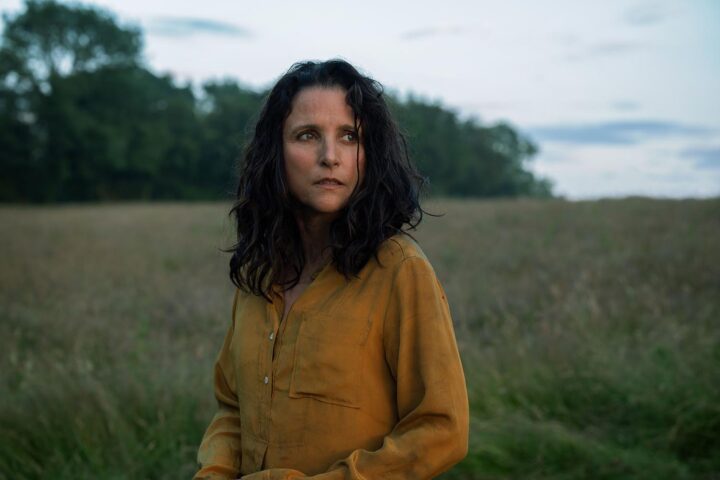In Banel & Adama, writer-director Ramata-Toulaye Sy expresses the delirium that comes with love and the downfall that’s doomed to follow it. This fable-like film about ephemeral bliss takes shape in a remote village in Senegal, where gender expectations are particularly pronounced. Crucial to the story isn’t only the expiration date that comes with feverish infatuation and society’s disciplinary powers, but the lack of synchrony between lovers—that is, when one lover’s allegiance to the relationship never seems to last as long as the other’s.
Per local tradition, Banel (Khady Mane) marries her deceased husband’s younger brother, Adama (Mamadou Diallo). If she’s to be left in peace, Banel is expected to excel as a wife. Which means doing the laundry, always sitting gracefully, working alongside the other women, and getting pregnant before her mother-in-law (Binta Racine Sy) threatens to find Adama a second wife. Banel wants none of that. Instead, she yearns for herding cattle with Adama by her side and leading a romantic life away from the muffling orthodoxy of the village.
The dynamic between Banel and Adama initially recalls that of Haider and his wife in Saim Sadiq’s Joyland, as both couples manage to forge a cocoon of bliss away from the soul-crushing pressures of family and society. It’s a miraculous but frail arrangement. And in both films, only one of the lovers is willing to go against all odds without giving in to cowardice.
Banel, like Haider’s wife in Joyland, embodies the figure of the so-called feminist killjoy, whose commitment to her own desires is an unbearable affront to a community impervious to the singularity of its people. But while Sadiq’s sublime film unfolds unpredictably, and with a nuanced attention to character psychology, Banel and Adama is too insistent on the foreseeable elements of a parable. For one, the characters here suggest archetypes headed toward tragedy as their affection disrupts the village’s naturalized misogyny.
But this approach has its rewards. These are brief, memorable sequences that play like vignettes. As when Banel, a feisty young woman prone to daydreaming, sits however she wants behind a translucent sheet, suffering alone and bathing in the nocturnal blue light. Or when Adama walks on the crackling land, which echoes the drought-cursed ground of Nelson Pereira dos Santos’s cinema novo classic Vidas Secas, and is inexplicably attacked by a swarm of black birds. And when Banel confronts Adama about his change of heart with the gut-wrenchingly economical words: “You promised me.” To which he responds with even fewer: “I know.”
The ultimate tragedy here is revealed to be Adama’s lack of loyalty to love, which eventually leaves Banel to her own devices, digging for what was supposed to be a joint project all by herself. Sy captures this descent into a rather common feminine position—that of the desperate dupe—through a sparse usage of sound and a careful images. In the end, Banel & Adama is most memorable when it forgets to push the story forward and wallows in the painterly, or allegorical, registers of its images. In these moments we see indications of a film that could have been—one more dedicated to the sensations of feminine abandonment than to the demands of a story.
Since 2001, we've brought you uncompromising, candid takes on the world of film, music, television, video games, theater, and more. Independently owned and operated publications like Slant have been hit hard in recent years, but we’re committed to keeping our content free and accessible—meaning no paywalls or fees.
If you like what we do, please consider subscribing to our Patreon or making a donation.



